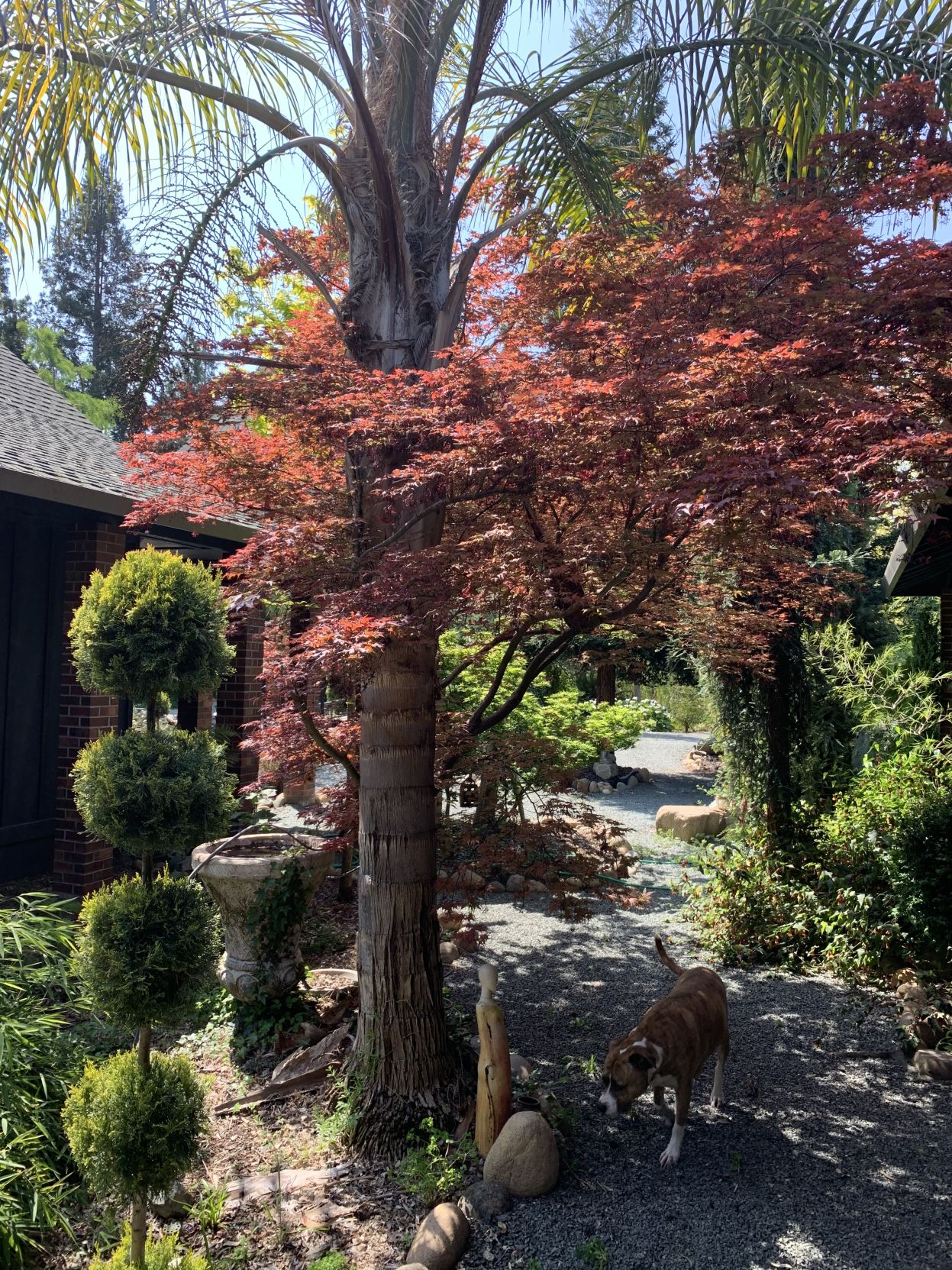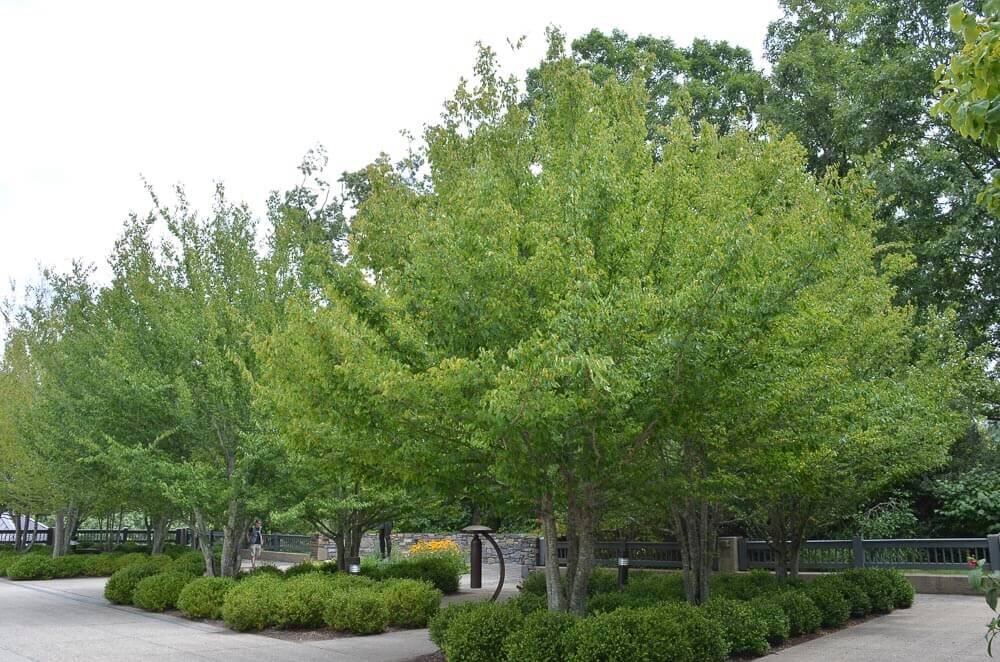The Perfect Companion Trees For Your Yard
The Perfect Companion Trees for Your Yard
Trees are a beautiful and essential part of any yard. They provide shade, beauty, and even fruit. But did you know that the right combination of trees can also help each other thrive?
That's right, companion planting can be just as effective for trees as it is for flowers and vegetables. By planting certain trees together, you can create a mutually beneficial relationship that will help both trees grow healthier and stronger.
In this blog post, we'll discuss the benefits of companion planting for trees, and we'll recommend some of the best companion tree pairings. We'll also provide some tips on how to plant and care for your companion trees.
Benefits of Companion Planting for Trees
There are many benefits to companion planting for trees. Here are a few of the most important ones:
- Improved pollination: Some trees need to be cross-pollinated in order to produce fruit. By planting two compatible trees together, you can increase the chances of pollination and improve your fruit yield.
- Disease and pest control: Certain trees can help to repel pests and diseases that target other trees. For example, planting marigolds near apple trees can help to deter pests like aphids and spider mites.
- Improved soil quality: Trees can help to improve the soil quality in your yard by adding nutrients and organic matter. They can also help to reduce erosion and improve drainage.
- Enhanced beauty: Companion planting can add visual interest to your yard by creating a variety of shapes, sizes, and colors. It can also help to create a sense of balance and harmony in your landscape.
Best Companion Tree Pairings
Now that you know the benefits of companion planting for trees, let's take a look at some of the best companion tree pairings.
- Apple trees and marigolds: As mentioned above, marigolds can help to deter pests that target apple trees. They can also help to improve the soil quality around the apple trees.
- Cherry trees and lavender: Lavender is a beautiful and fragrant herb that can help to repel pests and diseases. It can also help to improve the air quality around the cherry trees.
- Oak trees and pine trees: Oak trees and pine trees are both evergreen trees that can provide shade and beauty throughout the year. They can also help to stabilize the soil and prevent erosion.
- Maple trees and dogwoods: Maple trees and dogwoods are both deciduous trees that add color to your yard in the spring and fall. They can also help to attract birds and other wildlife.
- Peach trees and beans: Beans can help to fix nitrogen in the soil, which can benefit peach trees. They can also help to suppress weeds around the peach trees.
These are just a few of the many great companion tree pairings. When choosing companion trees, it's important to consider the size, growth rate, and sunlight requirements of each tree. You should also consider the climate in your area and the pests and diseases that are common in your region.
Planting and Care
Once you've chosen your companion trees, it's important to plant them properly. Here are a few tips:
- Plant the trees in well-drained soil.
- Space the trees according to their mature size.
- Water the trees regularly, especially during the first year after planting.
- Fertilize the trees according to their needs.
- Prune the trees as needed.
With proper care, your companion trees will thrive and provide you with beauty and enjoyment for many years to come.
Companion planting is a gardening practice that involves planting different types of plants together to benefit each other. This can be done with vegetables, flowers, herbs, and even trees.
When choosing companion trees, it is important to consider the needs of each tree. For example, some trees need full sun while others prefer partial shade. Some trees are heavy feeders while others are more drought tolerant.
By planting companion trees together, you can help to create a more balanced and healthy ecosystem in your garden. Some of the benefits of companion planting include:
- Increased pollination
- Reduced pest and disease problems
- Improved soil quality
- Increased yields
If you are interested in learning more about companion trees, I recommend visiting Gardenia Inspiration. This website has a wealth of information on the topic, including a list of compatible tree pairings.
FAQ of companion trees
- What are companion trees?
Companion trees are two or more trees that are planted together in order to benefit each other. For example, one tree may attract beneficial insects that help to control pests on the other tree. Or, one tree may provide shade for the other tree, helping it to thrive in hot climates.
- How do I choose companion trees?
When choosing companion trees, it is important to consider the following factors:
- The climate and soil conditions in your area
- The size and growth rate of the trees
- The needs of each tree, such as sun exposure, water requirements, and pest resistance
- The aesthetic appeal of the trees
- Where should I plant companion trees?
Companion trees should be planted in a location where they will have enough space to grow and thrive. They should also be planted in a location where they will not compete for resources, such as sunlight and water.
- How do I care for companion trees?
The care requirements for companion trees will vary depending on the specific trees involved. However, some general care tips include:
- Watering the trees regularly, especially during hot, dry weather
- Fertilizing the trees as needed
- Pruning the trees as needed to maintain their shape and size
- Protecting the trees from pests and diseases
- What are the benefits of planting companion trees?
There are many benefits to planting companion trees, including:
- Increased pest and disease resistance
- Improved pollination
- Increased yields of fruit and nuts
- Enhanced wildlife habitat
- Improved air quality
- Increased property value
Image of companion trees
- Oak and maple trees: These two trees complement each other well because they have different leaf shapes and colors. The oak tree has large, lobed leaves that turn a golden brown in the fall, while the maple tree has smaller, more delicate leaves that turn a bright red or orange in the fall.

- Cherry and apple trees: These two trees are often planted together because they have similar growing requirements. They both need full sun and well-drained soil. Cherry trees typically bloom in the spring with white or pink flowers, while apple trees bloom in the spring with white, pink, or red flowers.

- Beech and hornbeam trees: These two trees are both shade-tolerant, so they can be planted together in areas that receive limited sunlight. Beech trees have smooth, gray bark and lobed leaves, while hornbeam trees have rough, dark bark and triangular leaves.

- Dogwood and redbud trees: These two trees are both native to North America and bloom in the spring with beautiful flowers. Dogwoods have white or pink flowers, while redbuds have bright red flowers. They can be planted together to create a colorful display in your yard.
- Willow and birch trees: These two trees are both fast-growing and can be used to create a privacy screen or windbreak. Willow trees have long, drooping branches, while birch trees have smooth, white bark.

Post a Comment for "The Perfect Companion Trees For Your Yard"